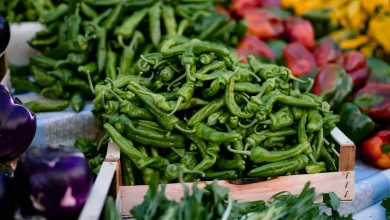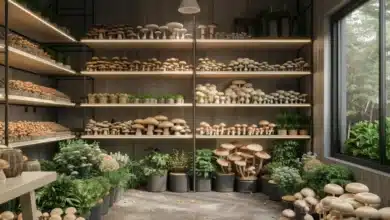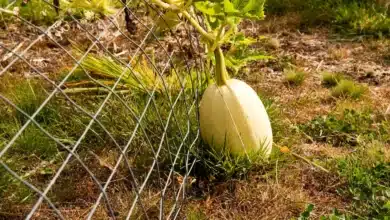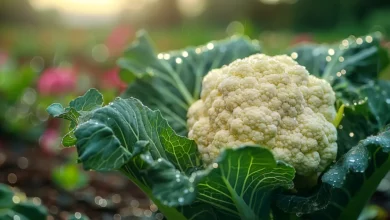August Gardening Tips
August Gardening Tips – Your Monthly Checklist
We’re on the cusp of summer and fall, despite the heat. The time to plant summer crops such as tomatoes, peppers and eggplants is past. It’s also too late to plant beans and winter squash. We still have time to plant herbs, since they don’t depend on fruit. So, August is a great time to do some shaded maintenance and take a break.
Here are some tips for a successful garden this month.
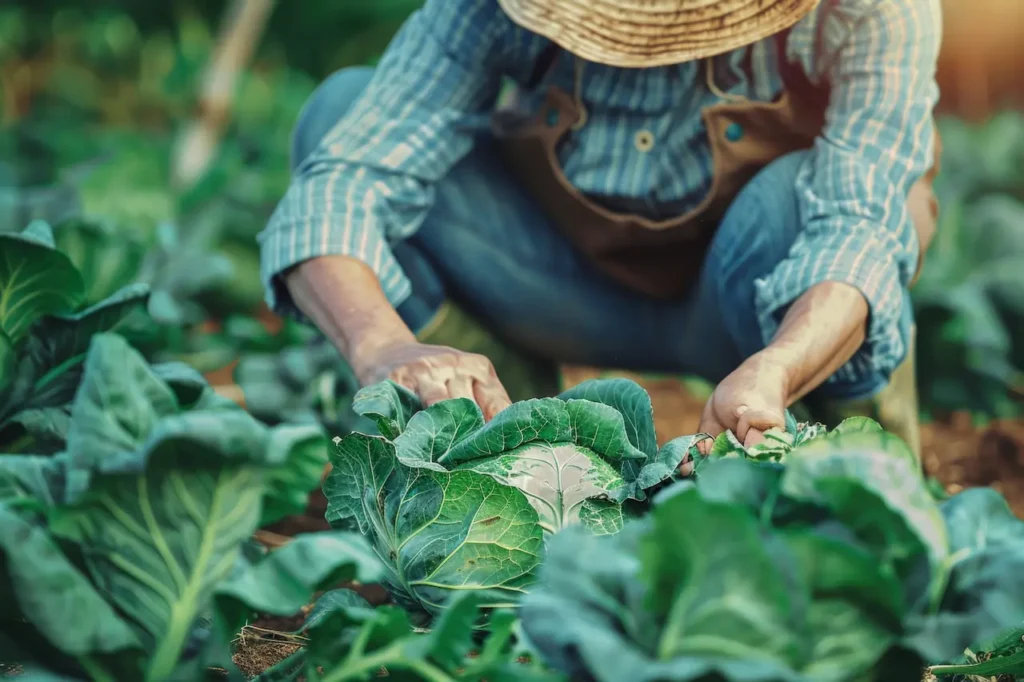
Plants for Leafy Greens, Root Crops
Around August 10-15, it is time to think about planting leafy greens and root crops. You can also start cole crops (like broccoli, cabbage, cauliflower and collards) from seedlings. Some of these seeds can be started indoors, where the temperature can be controlled, or in an area of the garden that is shadier. Just make sure they are well-watered. Use a light colored mulch for cole crops to reflect heat and keep soil cooler.
Check and maintain garden hoses
This month, inspect your hoses and fittings. Heat and UV can cause hoses to weaken, particularly dark colored ones. This leads to leaks. Leaky joints are more common, especially when washers are damaged or missing. Replace them and tighten connections. A small leak can be strategically placed to drip onto specific plants which may need extra water. However, large leaks or many small ones will waste water and cause mud. They also increase your water bill. Remember that heavier hoses last longer but are also HEAVY. Keep heavy hoses near the spigot and cover the section with mulch. Consider using lighter hoses, or even small collapsible hoses to pull behind you.
Invest in pop-up tarps and rain gauges
Summer is a good time to purchase a pop-up rain gauge and tarp. You can garden in any weather with pop-up tarps. You can move them to block the sun or keep the rain off while you are planting. You can practice putting the tarp up and down before taking it to your yard. If you are working in strong winds, you may want to weigh it down.
A rain gauge is useful for watering in the heat of summer. How can you tell if your yard has received more than an inch of rainfall in a given week? The majority of commercial rain gauges are cute and small. But if the wind blows the rain around and you have a small mouth, will it be accurate? It is better to use a bucket with a straight side and place it outside. After it has rained, go outside with a ruler and measure how much rain fell. If the total doesn’t equal an inch after a week of math, you should water. Then, empty the bucket again and start counting.
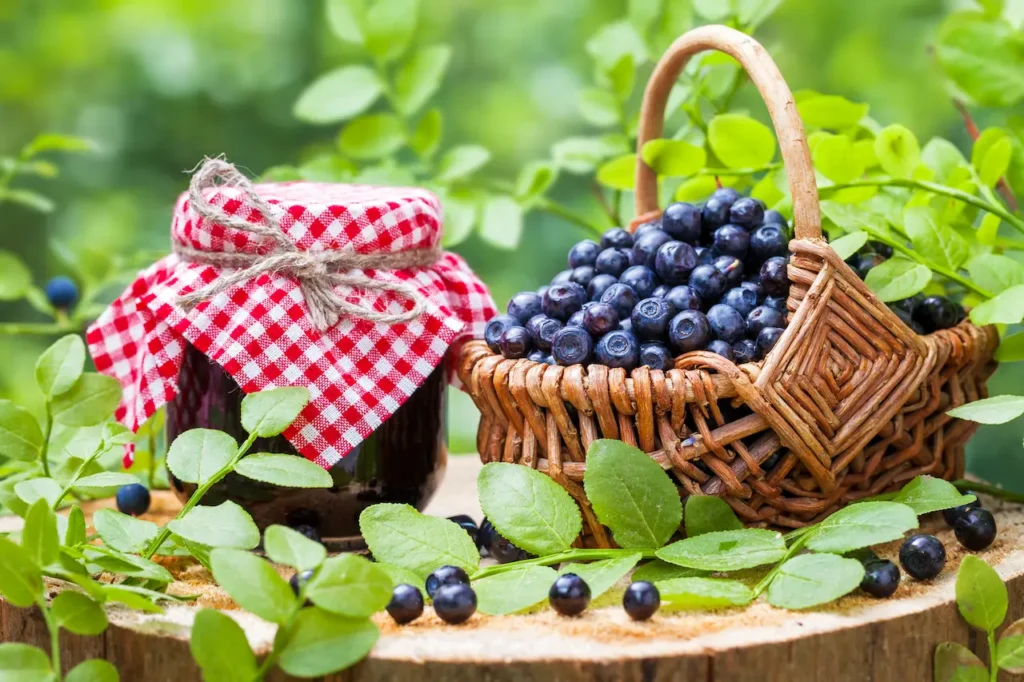
Pick Fruit and Preserve Blueberries
Fruit picking is an important garden task at this time of the year. Removing ripe fruit will encourage the plant to produce more flowers and fruit. Pick fruit early in the morning, when the foliage is dry. This will prevent fungus spreading. In this abundant season, you should also buy all the blueberries that you can and store them in your freezer. Rinse them first and let them air-dry, before sealing in an airtight container with a date, well-labeled label. Use them before the next season.
How to Care for Hanging Baskets
The late summer is the best time to take care of your hanging baskets. Keep them out from full sun. They dry out quickly in this heat and must be watered daily, if not twice a day. When you water so often, the soil is stripped of its nutrients. Instead of using the blue stuff which is salty, I recommend using a soluble organic fertilizer such as fish emulsion or seaweed. Weekly, I add compost or worm casts to a bucket of warm water, mix them, then sink the entire basket. This will water and feed the plants at the same. This method is not limited to hanging baskets. Any houseplant that fits in a bucket can benefit from the treatment.
Check Your Seed Collection
It is also a great time to go through your collection of seeds while sitting in air conditioning. Remove the warm season crops. Look at the other crops, and leave the peppers, tomatoes and eggplants aside. Do the math and read the days to harvest: If we get our frost around Halloween that is about 90 days away… Now that these last weeks will cooler and darker so subtract 2 weeks. We’d also like to harvest a few more weeks before the frost. So subtract 14 days. We’re now just over 60. Get any beans, cucumbers, or squash that require 60 days to mature in the ground.
Deadhead Flowers
Deadheading is now also a good idea! Flowers are bursting out everywhere with all the rain and heat! Remember, most plants bloom so that they can produce seeds and then die or retire to Florida. You can keep them blooming by removing the flowers immediately after they finish. To keep the area tidy, snip off all dead flowers and stems.
Standing Water Eliminated
Standing water is a problem that must be dealt with ruthlessly. Standing water is a breeding ground for mosquitoes at this time of the year. It could be buckets, rain barrels or birdbaths. Or it could even be the trays underneath your houseplants. Remove everything and then treat the remaining items with mosquito dunks, or sprinkles.
The Garden in the Morning
The late summer is the best time to make use of early mornings. It is not a good idea to spend too much time outside in this incredible heat. Try getting up early before work and doing some gardening. Allow yourself to spritz the leaves lightly in the morning, as most of the moisture will quickly be absorbed and will evaporate in the afternoon heat. Wear a hat, sunscreen and plenty of water if you have to be outside in the heat. Consider taking frequent breaks under the shade, and consider where you can plant shade trees in the future.
You can also pick flowers in the morning, before the heat of the afternoon wilts them. Cut flowers and foliage using a pair of pruners, or use a sharp knife. Then plunge them in the water to the neck to “harden off.” This is to say that you will let them soak water until they are bursting with cells. After letting them soak in water for an hour, remove the lower leaves of the stems. They will rot if left under water. Wrap a rubberband around the bunch and bring it indoors to enjoy in the air conditioning.
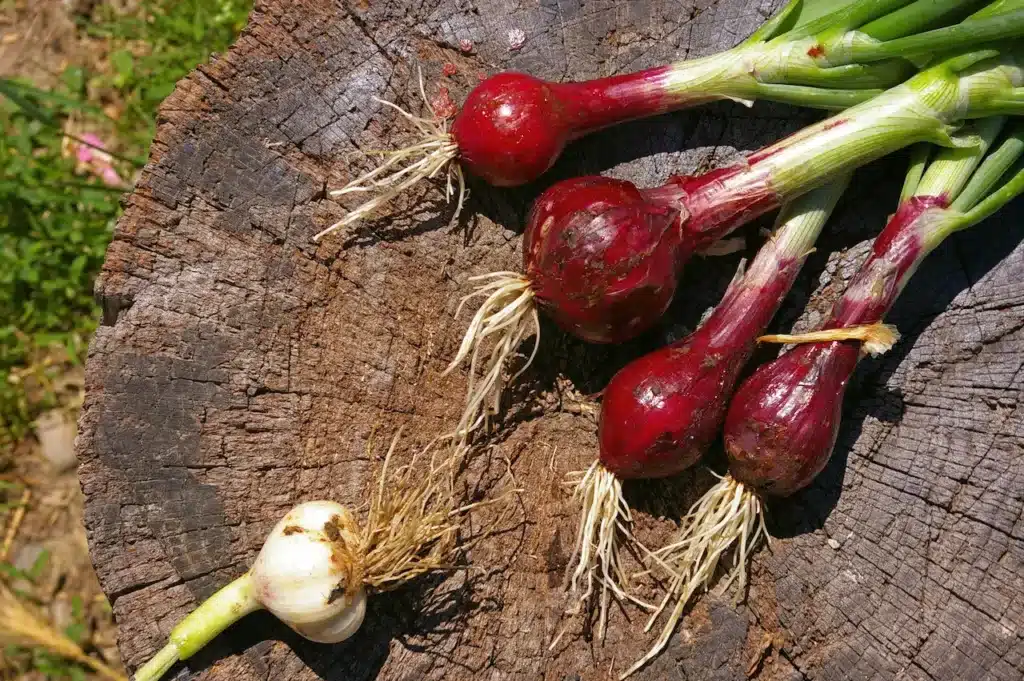
Harvest Garlic and Onions
Garlic that is still in the garden can be harvested. Once the leaves have dried and turned brown, this season’s growth is over. The same is true for onions. Make sure you get all of the small cloves that may have come off the mother cluster. Check each clove for any allium leafminer maggots. If they have reached the next development stage, they look like small white worms or apple seeds. To kill germs, soak everything for one hour in Listerine.
Share Your Harvest With Neighbors
The late summer is the perfect time to meet your neighbors. Just in time to leave for summer vacations, the harvests of our vegetable gardens reach new heights. Make a deal to have your neighbors water the plants in exchange for picking them. You’ll have lots to share if you keep these tips in your mind!

